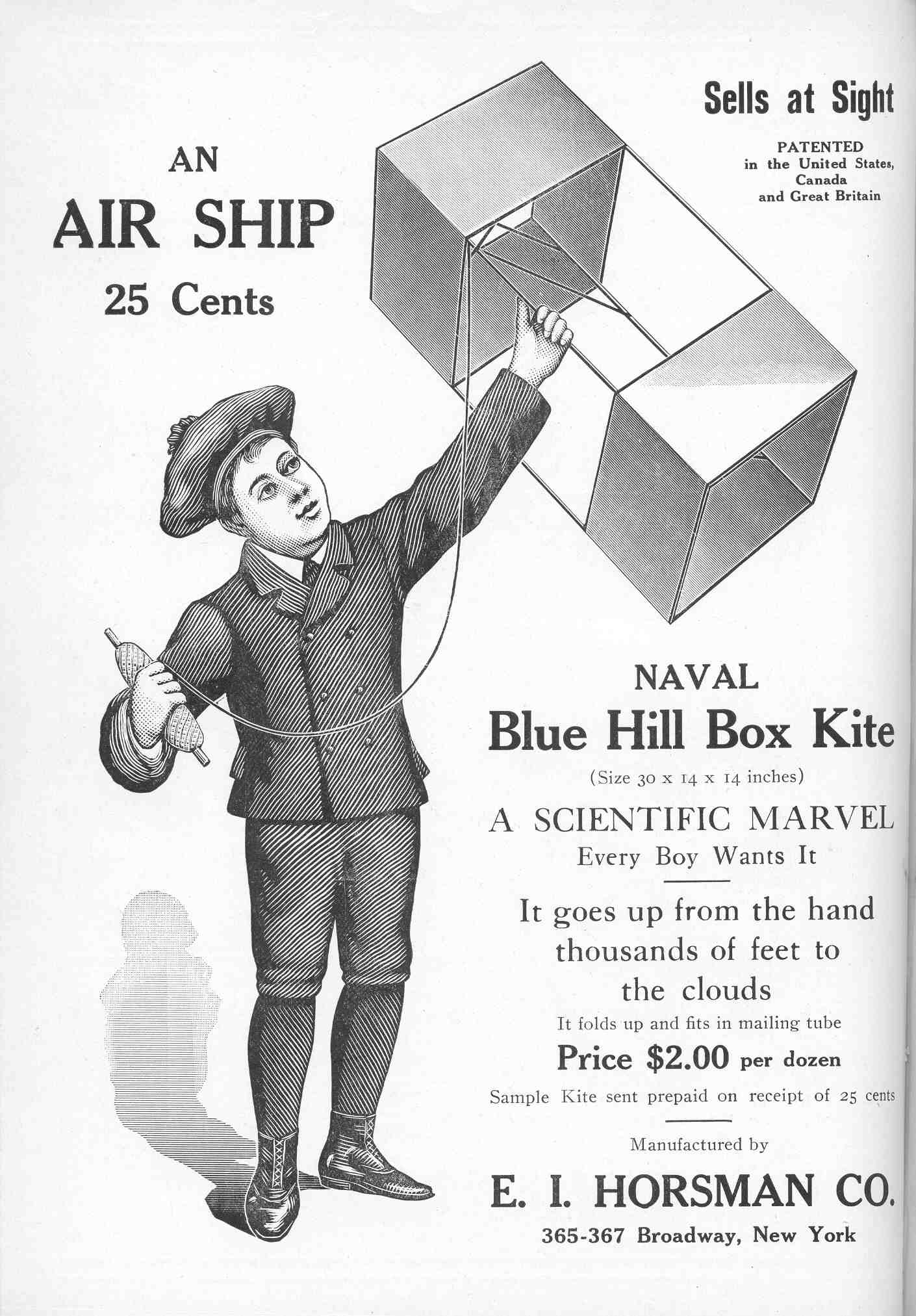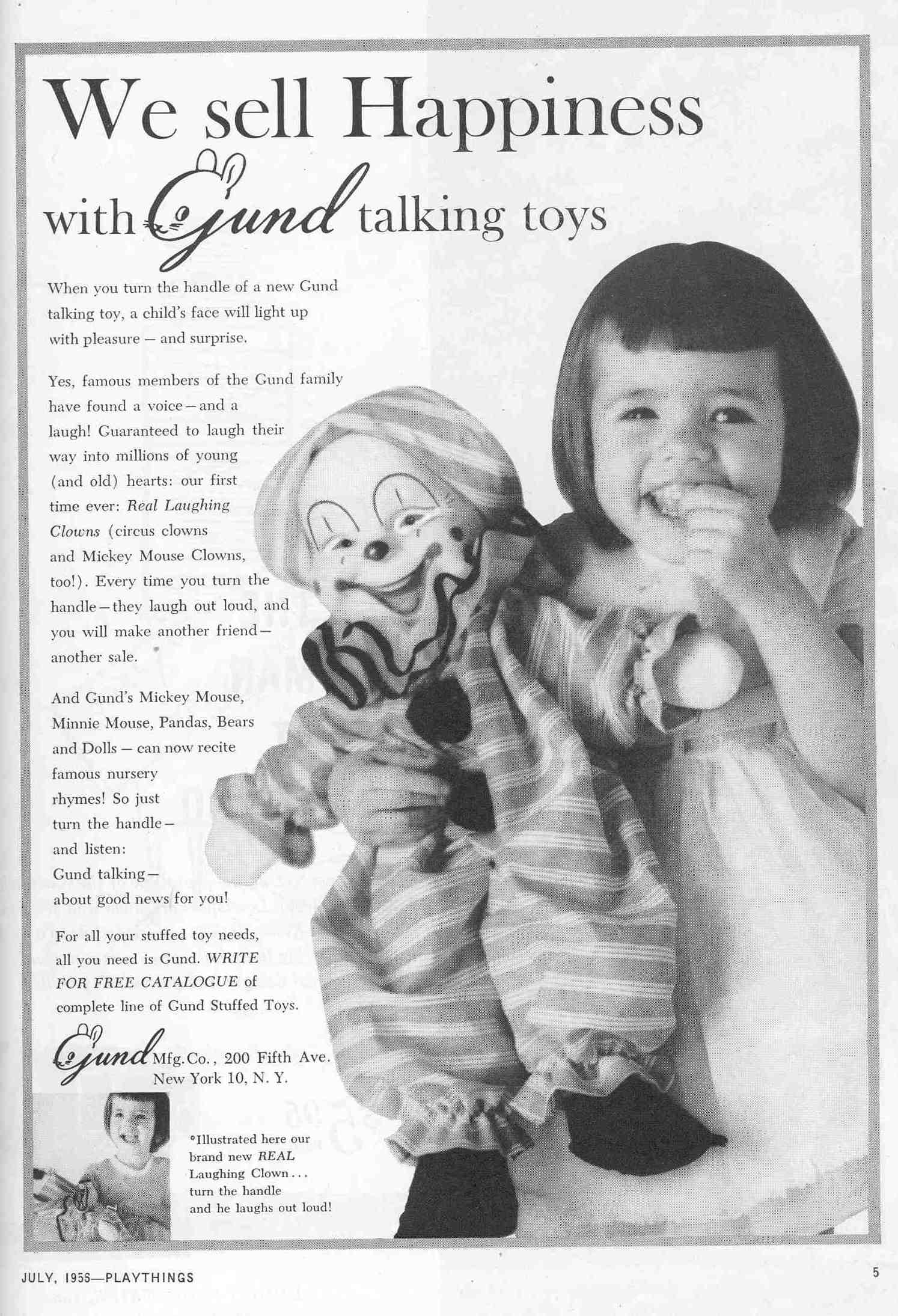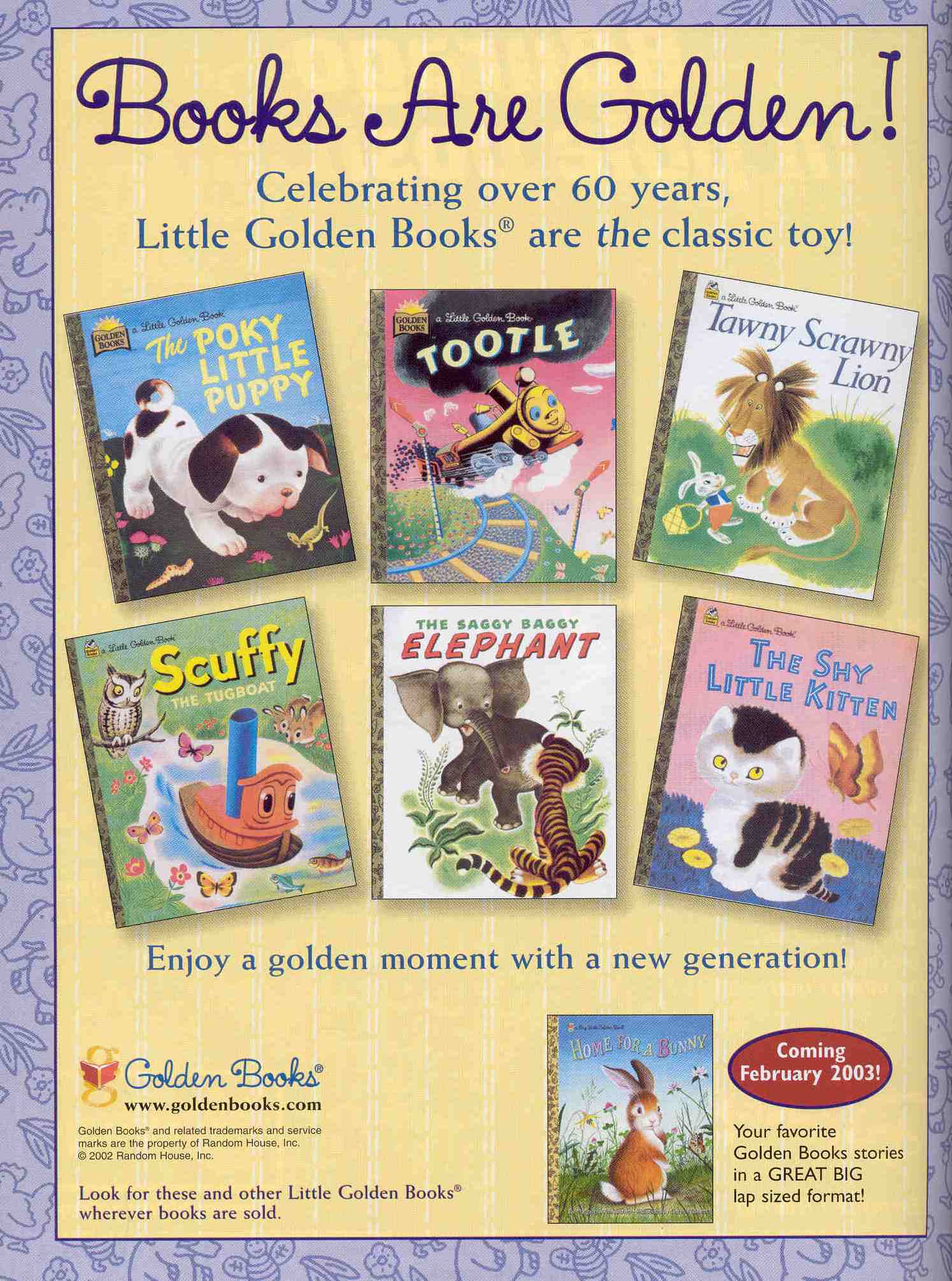 What catches a collector’s attention and prompts the impulse to accumulate? Depending on the individual, it might be a melody, a clever cartoon, a poem, an unfolding drama, or a special object that stirs the imagination. The response is personal, even though it may be shared by a multitude. It may be sparked by a childhood memory, a wish that may or may not have been granted, something entirely new, or a sudden comprehension. For a child, it might be that first bicycle offering a new freedom, a teddy bear offering comfort, a solved puzzle, a fairy tale, or a baseball. As we grow, what appeals might be a video game that offers the opportunity to create not only a unique environment, but a new persona. Or it might be a mountain bike or sports car that recreates the freedom and glee of that first bicycle.
What catches a collector’s attention and prompts the impulse to accumulate? Depending on the individual, it might be a melody, a clever cartoon, a poem, an unfolding drama, or a special object that stirs the imagination. The response is personal, even though it may be shared by a multitude. It may be sparked by a childhood memory, a wish that may or may not have been granted, something entirely new, or a sudden comprehension. For a child, it might be that first bicycle offering a new freedom, a teddy bear offering comfort, a solved puzzle, a fairy tale, or a baseball. As we grow, what appeals might be a video game that offers the opportunity to create not only a unique environment, but a new persona. Or it might be a mountain bike or sports car that recreates the freedom and glee of that first bicycle.
 My experience with collectors has taught me that they come to their pastime with many different motivations. Some find an item’s appeal in its beauty, its rarity, or its monetary value. Many collect for the pleasure of the memories recalled, the music that doesn’t fade, the classic story that never grows old, or the wishes that went unfulfilled. Margaret Strong, the museum’s founder, referred to her collections as a “museum of fascination.” Today, The Strong continues to grow from collections built and cherished by individuals pursuing their personal interests and fascination. The museum holds Raggedy Ann and Andy books and dolls donated by the granddaughter of Johnny Gruelle, Star Wars toys, early lithographic games and puzzles, electronic games and gaming magazines, and even shopping bags, all assembled by passionate collectors and now preserved and exhibited by The Strong.
My experience with collectors has taught me that they come to their pastime with many different motivations. Some find an item’s appeal in its beauty, its rarity, or its monetary value. Many collect for the pleasure of the memories recalled, the music that doesn’t fade, the classic story that never grows old, or the wishes that went unfulfilled. Margaret Strong, the museum’s founder, referred to her collections as a “museum of fascination.” Today, The Strong continues to grow from collections built and cherished by individuals pursuing their personal interests and fascination. The museum holds Raggedy Ann and Andy books and dolls donated by the granddaughter of Johnny Gruelle, Star Wars toys, early lithographic games and puzzles, electronic games and gaming magazines, and even shopping bags, all assembled by passionate collectors and now preserved and exhibited by The Strong.
 Some collections—think Beanie Babies—may hold their appeal for a year or two. Others span a lifetime. Still others, such as baseball cards, are handed down from generation to generation. Baseball cards don’t necessarily possess particular beauty and their cardboard rectangles offer little in the way of inherent value, but many collectors continue to find them hugely desirable and compete avidly for rare examples—think Honus Wagner or a Babe Ruth rookie card. All collections leave their traces in photographs, collectors’ papers and books, and trade magazines such as Playthings which has recorded traces of play from 1903 to the present. So the next time a “must have” item catches your attention, I hope you’ll join me in reflecting on what triggers our treasured memories and treasured collections.
Some collections—think Beanie Babies—may hold their appeal for a year or two. Others span a lifetime. Still others, such as baseball cards, are handed down from generation to generation. Baseball cards don’t necessarily possess particular beauty and their cardboard rectangles offer little in the way of inherent value, but many collectors continue to find them hugely desirable and compete avidly for rare examples—think Honus Wagner or a Babe Ruth rookie card. All collections leave their traces in photographs, collectors’ papers and books, and trade magazines such as Playthings which has recorded traces of play from 1903 to the present. So the next time a “must have” item catches your attention, I hope you’ll join me in reflecting on what triggers our treasured memories and treasured collections.



